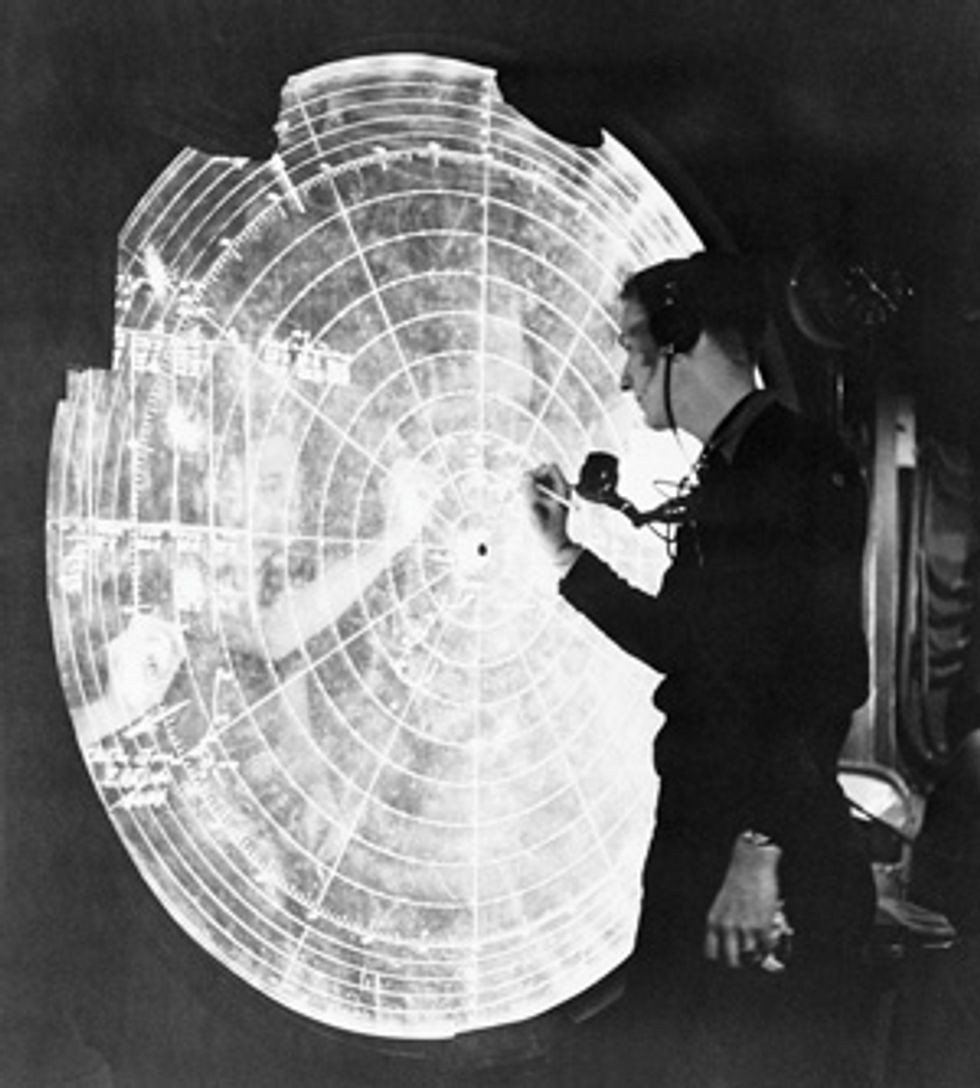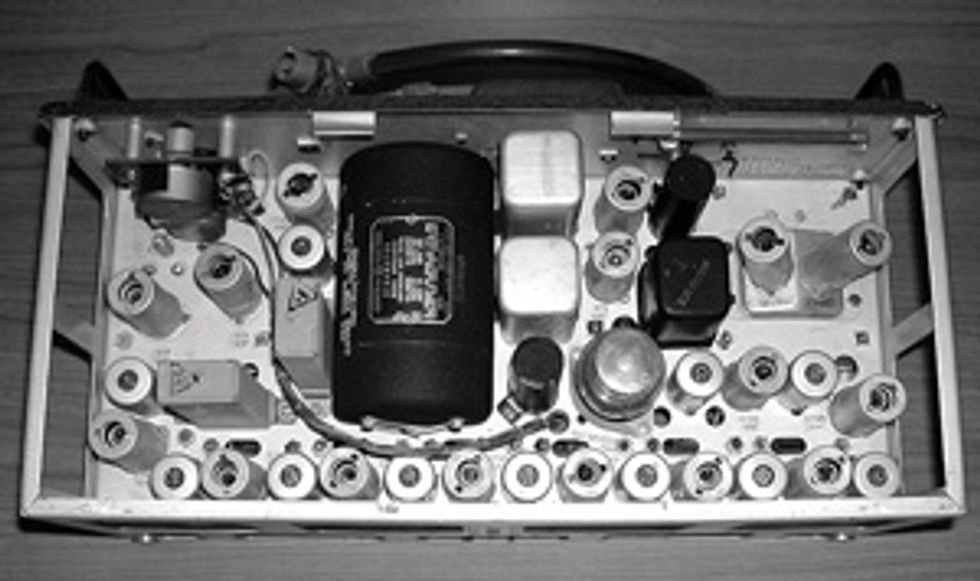Increasing Use of Radar Tests Spectrum Authorities
The FCC in particular needs to make radar regulation more friendly to innovators
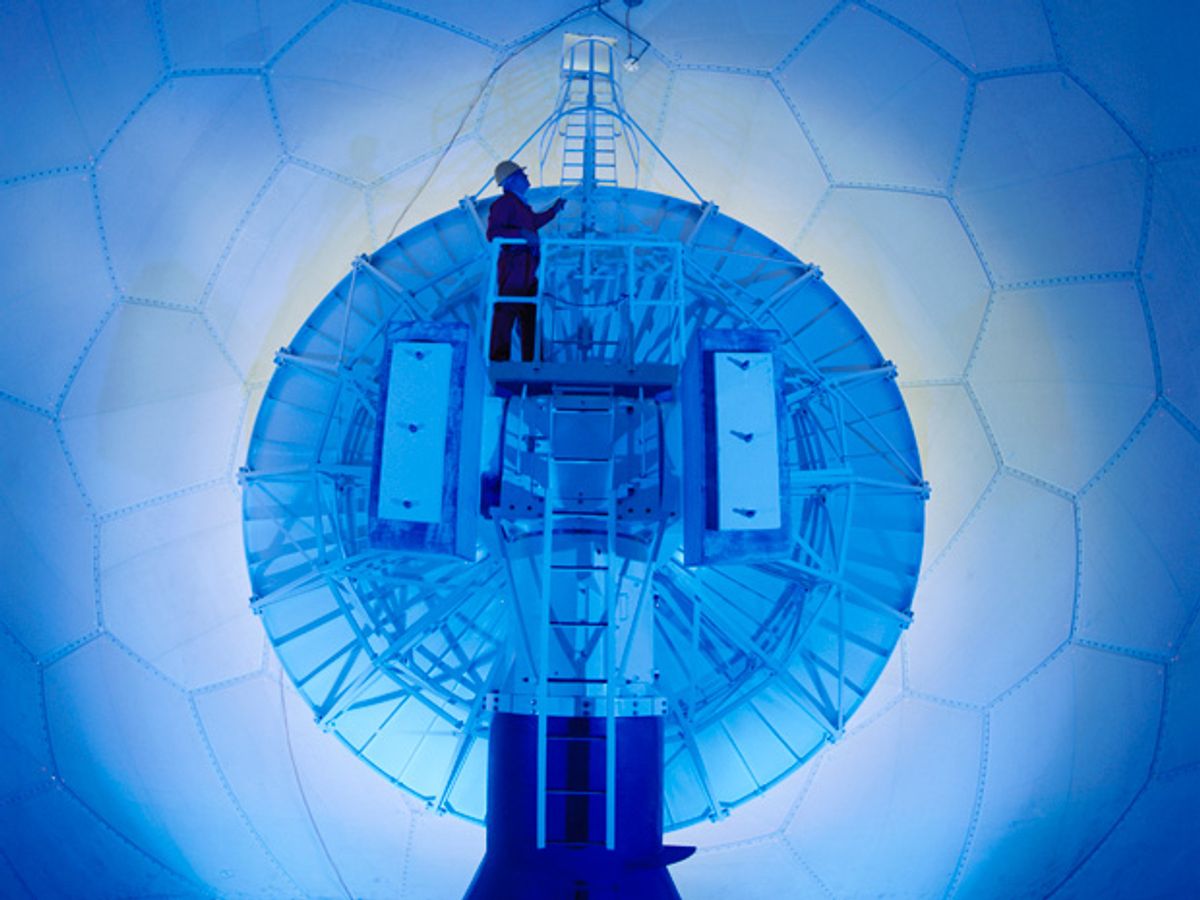
During the 1930s, with Europe preparing for war, the British government badly needed a way to detect the approach of enemy aircraft. It got one, thanks to a bookish-looking engineer named Robert Watson-Watt, who devised and successfully tested a primitive radar system in 1935. By the time of the Battle of Britain in 1940, a chain of radar stations along England’s eastern and southern coasts was providing enough warning of incoming Luftwaffe bombers to allow civilians to find shelter underground and Royal Air Force pilots to scramble their fighters into the air. King George VI recognized Watson-Watt’s accomplishments with a knighthood in 1942. Some historians even credit the engineer with Britain’s survival during those terrifying times.
Some 15 years later, when Watson-Watt was in his 60s and I was in my teens, he spoke at my Canadian high school. The best part of the talk for us was his story about having been pulled over in a radar speed trap. He read us a poem he had composed while waiting for his case to be called:
Pity Sir Robert Watson-Watt,
strange target of this radar plotAnd thus, with others I can mention,
the victim of his own invention.His magical all-seeing eye
enabled cloud-bound planes to flybut now by some ironic twist
it spots the speeding motoristand bites, no doubt with legal wit,
the hand that once created it.
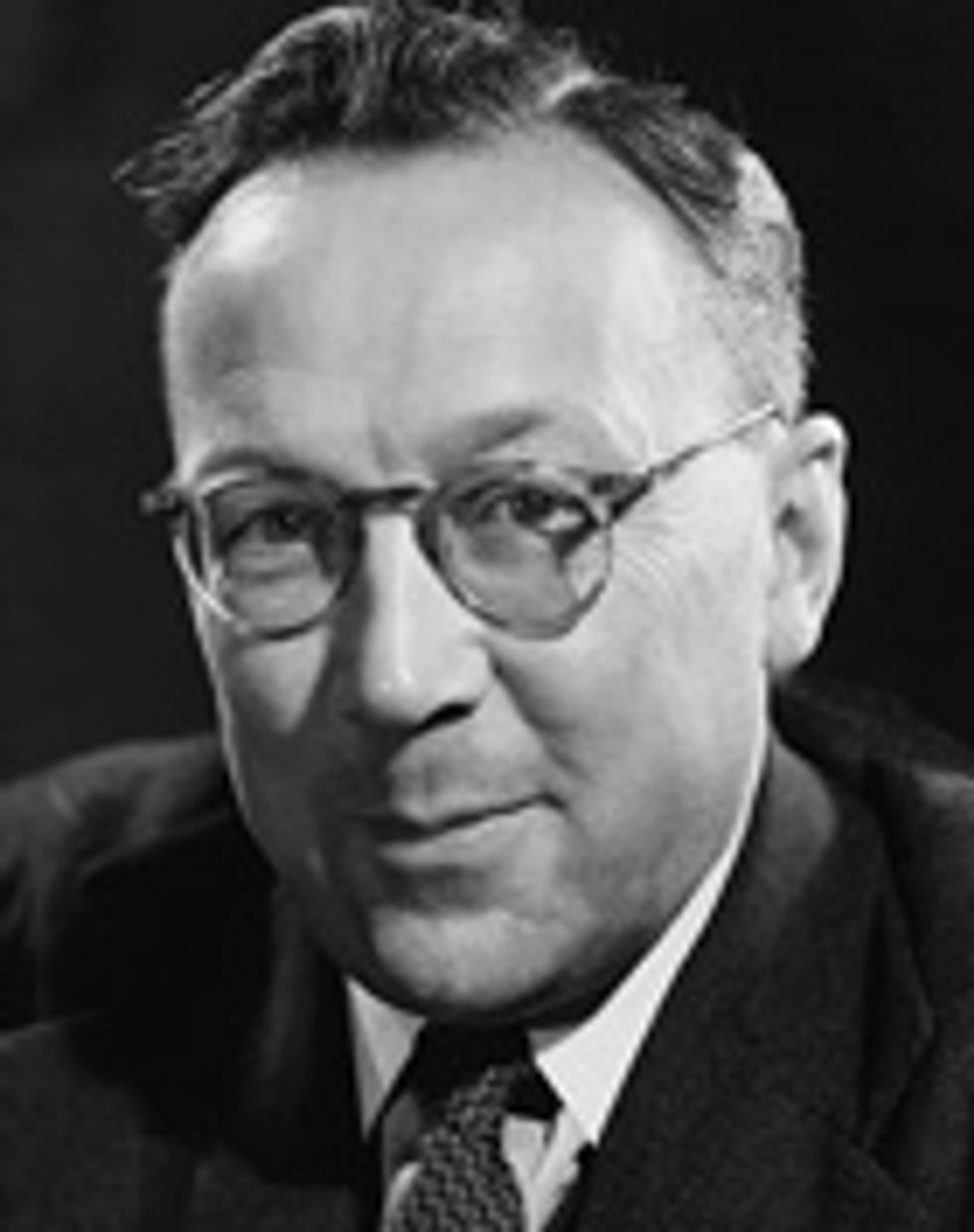
Police with radar speed guns are indeed what leaps to most people’s minds if you ask them what radar is good for, other than detecting aircraft. In fact, though, radar has proved to be an extraordinarily versatile technology, with established uses now in vehicles, weather monitoring, aerial reconnaissance, even for seeing through walls. But as applications for it proliferate at an accelerating rate, government regulators, including those in the United States, are having a hard time keeping up.
It’s vital that they do, because foot dragging on their part threatens to slow the pace of innovation. If you have any doubts, read on and discover just how deeply radar has integrated itself into the fabric of modern industrial society, despite what I regard as a problematic regulatory environment. It’s a cautionary tale, and though I’m concerned with radar here, the warning is relevant to many technologies—including drones, app-based ride sharing, and cryptocurrencies, to mention just a few.
Much of the development of radar during World War II, building on Watson-Watt’s work, took place at MIT’s Radiation Laboratory—the direct predecessor of the still-active Research Laboratory of Electronics. U.S. contributions helped to make radar equipment more effective and reliable, and also a lot smaller. One compact model, with electronics the size of a shoebox, warned fighter pilots of enemy aircraft approaching from behind. This device found another wartime application as well: The nuclear bombs dropped over Hiroshima and Nagasaki each carried four of these units to monitor the dwindling distance to the ground as the bombs descended, so that detonation could be triggered at a preset altitude.
Vigorous development of radar continued after the war, and along with improvements to military systems, two civilian applications quickly emerged: air-traffic control and maritime collision avoidance. The decades since have seen dozens of additional uses.
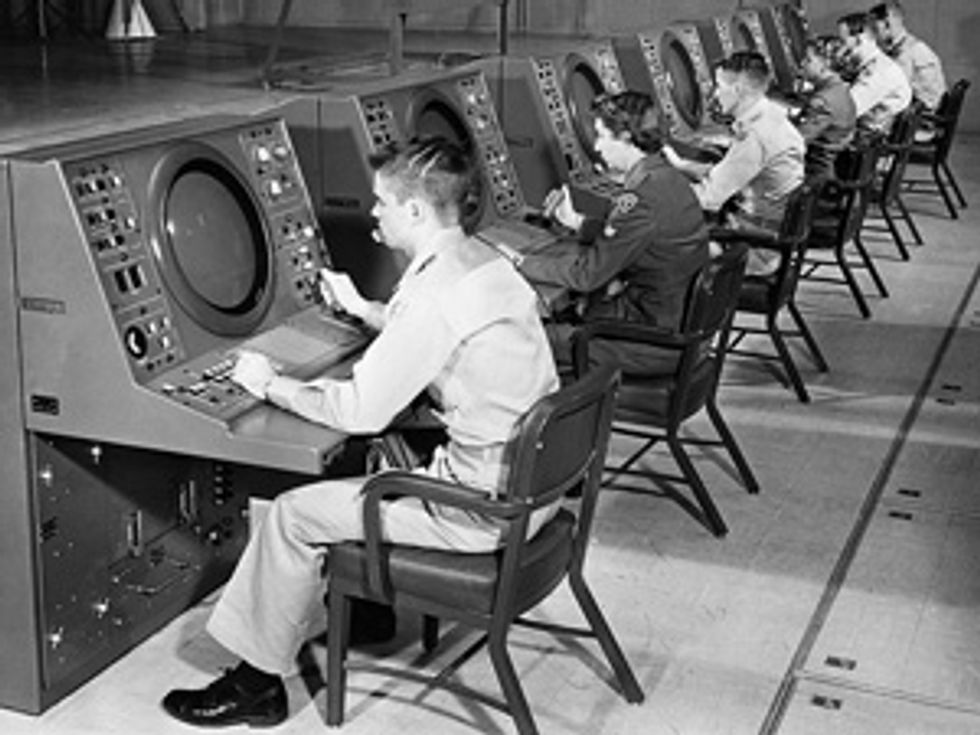
Current radar technology falls into two broad categories. One is the direct descendant of wartime radar and is capable of ranges of up to hundreds of kilometers, using high-power transmission concentrated in a relatively narrow slice of radio bandwidth. Regulatory authorities call this form of radar radiolocation. The other category covers systems that operate at much lower power levels, over much smaller distances.
For now, consider radiolocation. It’s quite simple: Bounce a radio wave off a target and measure how long it takes for the radio echo to come back. That gives you its distance. The aiming of the antenna that produces the echo indicates the direction to the target.
The accuracy of your measurements depends, of course, on the electronics you use. The radar designers of the Second World War had to contend with the limitations of vacuum tubes. Postwar improvements, prompted by the advent of the transistor, included operation at ever-higher frequencies, which made possible tighter beams from smaller antennas, which in turn enabled longer range and better directional precision. More sensitive receivers further increased the working distance.
Advances in display technology were also important. Watson-Watt and his team had cleverly contrived displays out of existing laboratory oscilloscopes. A horizontal trace would start moving across the screen when the signal left the transmitter and deflect vertically—creating a “blip”—when the signal returned. The horizontal distance from the starting point to the blip indicated the range to the target. This worked, but the task of constantly watching for blips in the “grass” (noise) quickly fatigued radar operators, which increased the risk of error.
During the Cold War, the U.S. and Canadian governments installed the Distant Early Warning Line: a chain of 63 radar stations across the Arctic regions of both countries. The goal was to detect incoming Soviet bombers in time to launch a retaliatory strike. Foreseeing that either missed signals or false positives could be catastrophic, the designers developed an automatic blip-detecting system [PDF] to back up the operators. Later applications, such as collision-avoidance radars in aircraft and self-braking systems in cars, increasingly came to depend on automatic responses.
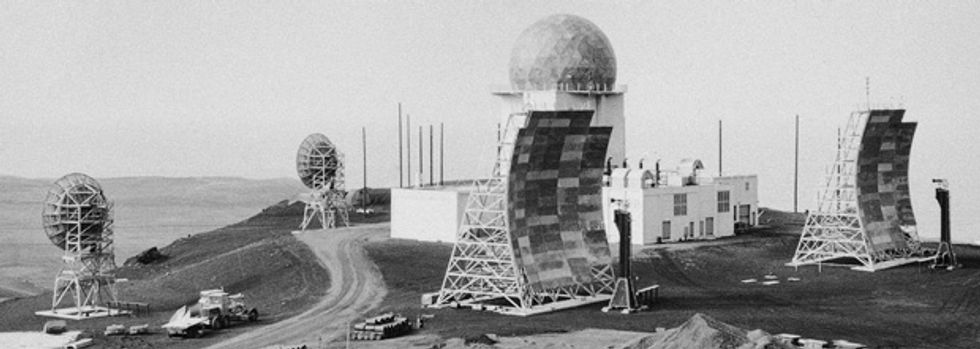
Radiolocation’s realm expanded dramatically with the application of the Doppler effect, relevant here because an electromagnetic wave reflected from an oncoming target comes back at a frequency higher than the transmitted frequency. Likewise, a receding target results in a lower return frequency. The difference between transmitted and received frequencies provides a measure of the target speed relative to the radar antenna. That difference is always small. A target approaching at 100 kilometers per hour raises the received frequency by less than one part in 5 million, for example. Fortunately, engineers have long known how to create circuits that can precisely compare nearly identical frequencies.
The earliest applications of Doppler radar simply measured raw speed, like the police radar that caught Watson-Watt in the 1950s. It would be another 20 years before the emergence of digital microprocessors made possible some truly amazing improvements. For example, the Doppler effect can be used to step up the angular resolution in synthetic-aperture radar, which takes multiple radar scans from a moving platform, such as an airplane or spacecraft, and combines them into what looks like an infrared photo. Ideal for military reconnaissance, the technology can reveal enemy facilities in total darkness and through cloud cover and foliage. Peaceful uses include the monitoring of lake and river ice, glaciers, crops, deforestation, and coastal erosion, as well as the tracking of forest fires, floods, volcanic eruptions, and oil spills.
Doppler weather radar, familiar to TV viewers and Internet weather junkies, measures the distance and lateral speed of falling particles of rain or snow, allowing forecasters to plot the evolving locations of storms and the winds swirling inside them. Such a system can even see through one storm to probe another one beyond it. Some versions compare the reflections from vertically and horizontally polarized signals to distinguish among rain, hail, snow, and ice pellets. These radars can also detect tornadoes from the presence of debris in the air and plot a twister’s location and velocity in real time—information that lets officials warn people in its projected path. A variation used at some airports tracks the activity of small airborne particles to pinpoint wind shear [PDF], which if undetected can cause aircraft to stall and drop during takeoff or landing, with possibly fatal results.
Police and other first responders have access to another type of Doppler radar device, one that sees through building walls [PDF] to locate hostages or captors and can even detect the breathing of an unconscious victim. A different configuration helps to find people trapped under the rubble of a collapsed building. Still another type, used at mining sites, both identifies underground rock strata and monitors instabilities in the terrain that can forewarn of an impending cave-in.
And these are just the things that are already being done. Forthcoming applications will detect birds near wind farms so as to cut down on avian mortality by halting the turbine blades when birds approach. Installed near airports, similar radars could prevent mishaps like the forced landing of an airliner in the Hudson River in 2009 after it ran into a flock of Canada geese on takeoff from New York City. Soon to come is a rear-view radar for bicyclists.
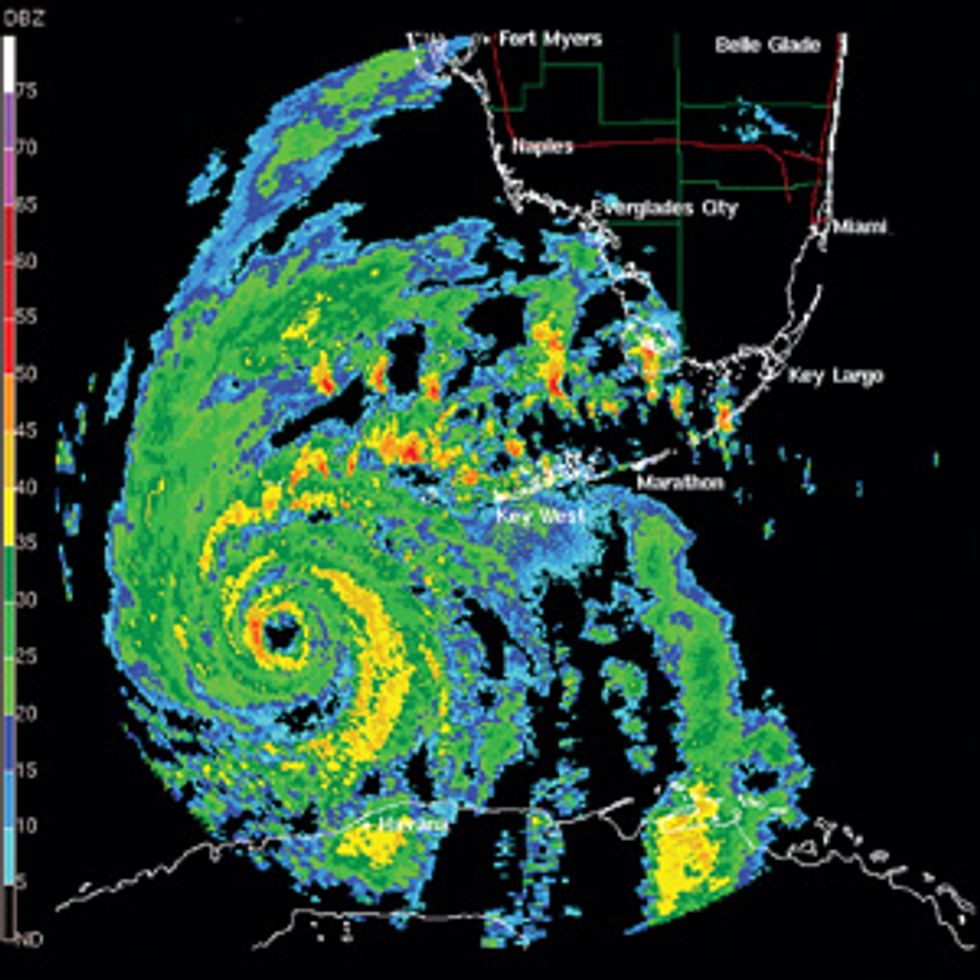
The electromagnetic spectrum is a little like the space on a submarine: There’s never enough to go around. So users of radio spectrum generally have to share it. The problem is that radiolocation does not share well. Long-range operation requires powerful transmitters and sensitive receivers because of the way the transmitted energy spreads out on its journey to the target and then scatters on reflection. Only a small fraction of the energy heads back toward the receiver, and that, too, spreads out as it travels. Overall, the received signal drops off in proportion to the fourth power of the target distance.
From a sharing standpoint, radiolocation presents the thorniest of all possible cases: a strong transmitted signal that is highly interfering to other users and a return signal so weak that it’s extremely susceptible to incoming interference—although digital processing at the receiver can suppress some of the interfering signal. To make matters worse, many applications of radar, including defense, air-traffic control, maritime safety, and weather prediction, are critical to human lives and safety, so radio interference can have catastrophic consequences.
Given those concerns, you might expect to find a robust regulatory regime for radiolocation, one that sets out clear operating limits and requires new installations to protect those already using these airwaves. Yet no such regime exists in some countries, including the United States. The Federal Communications Commission prescribes what frequency bands such radars can use, as all countries’ regulators do, but little else. The FCC approves (or disapproves) radiolocation power and bandwidth on a case-by-case basis, and it can similarly authorize any type of modulation “upon a satisfactory showing of need,” with no guidance on what that entails. “No rules in advance,” says the FCC, in effect. “Apply for something, and we’ll let you know whether it passes muster with us.”
Canada and Taiwan follow a similar strategy in regulating radiolocation equipment. Perhaps the intent is to reduce regulatory barriers to new technologies. That would be laudable. But vague rules are more likely to be a hindrance. That’s because a company with an idea for a new radiolocation product, unable to know in advance whether it would qualify for approval, may be reluctant to invest in its development.
This loose approach is not universal, though. European regulators, for example, require compliance with certain well-described technical standards while grandfathering in older types of equipment and offering procedures to obtain approval of new types. In other places, including parts of Africa, regulators follow European standards and procedures. Japan has its own system. Some other non-Western countries avoid the problem entirely by keeping high-powered radiolocation equipment out of private hands, limiting its use exclusively to the government and the military.
The United States doesn’t do that. Instead, it allocates 14 frequency bands, ranging from 70 kilohertz to 81 gigahertz, for nonfederal radiolocation services. All but one of these bands are shared with other applications. The most useful frequencies, from 2,900 megahertz on up, are also shared with federal radiolocation users.
But how do U.S. radar users outside of government share spectrum with one another? Some radio services that accommodate multiple users impose a procedure called frequency coordination. Details vary, but the aim is to assign each newcomer a frequency that minimizes the risk of interference both to and from incumbents. In the United States, the categories subject to frequency coordination include two-way radio, some satellite Earth stations, and also most fixed-microwave radio links, which are often used to connect cellular base stations, among other things. But radiolocation is specifically exempt. A company that wants to install some new radiolocation gizmo is free to choose its own frequency of operation within one of the radiolocation bands. Federal spectrum authorities study each filed application for the risk of interference to federal systems, but no one does the same to protect nonfederal users on these frequencies.
In the United States and other countries where the private use of radiolocation equipment is permitted, a licensing requirement of some sort seems to be universal, although it may not be widely respected. The FCC’s database shows fewer than 2,000 active radiolocation licenses for the entire United States, not counting those for units used on vessels operating in U.S. waters—which are deemed to have licenses without anybody actually having to obtain them.
Radiolocation isn’t the only use for radar, though. Another family of applications, which evolved later, transmits much less power—usually well under a milliwatt—over a much shorter range, usually just a few meters or less. It also uses a much wider radio bandwidth, typically in the tens to hundreds of megahertz.
These devices emit a train of short, sharp-edged pulses, which enable the equipment to measure return times more precisely. Another benefit is that such a waveform spreads energy over a lot of the radio spectrum—sometimes a gigahertz or more.
This kind of signal causes little radio interference to most other receivers, which are sensitive only to a narrow range of frequencies and so are affected by just a tiny fraction of the radar transmitter’s total power output, which is small to begin with. Conversely, because the signals from most other kinds of radios are contained within a very narrow slice of spectrum, they have little effect on a wideband radar’s performance.
The broad frequency range also confers a regulatory advantage. Because governments typically set power limits on a per-megahertz basis, a radar using a wide bandwidth can emit a relatively high level of total power and still remain in compliance with the rules.
Early examples of this technology appeared in the 1970s in the form of ground-penetrating radar (GPR). This equipment helps excavation crews find underground pipes and cables, detects invisible defects under the surfaces of highways and airport runways, and once even located a woolly mammoth below the Siberian permafrost. For decades, though, the United States had no regulations under which to authorize GPRs, so their sale and use were illegal. But the devices filled important needs, promoted public safety, and did not cause interference problems, so—for nearly three decades—regulators generally looked the other way.
The FCC finally authorized GPRs, along with several other kinds of radar-imaging systems, in 2002, as part of its ultrawideband proceeding. One reason it took so long was that the notion of allowing such wideband transmissions drew vehement opposition from virtually every organized group of spectrum users, including key U.S. government agencies, all of which warned of crippling interference to their systems. The FCC responded by setting very low power limits for all ultrawideband devices and mandated that this energy be spread thinly over the spectrum. It did this by stipulating that the power not exceed 75 nanowatts per megahertz. The FCC also imposed a minimum bandwidth equal to at least 20 percent of the center frequency or 500 MHz, whichever is less.
As time went on, and as the opponents’ predictions of doom failed to materialize, other nations adopted similar rules. Some countries, including the United States and those of Europe, began allowing radar systems that use less bandwidth and, in some cases, higher power than initially permitted. Called wideband radars, these use either ultrawideband-type pulse trains or frequency-modulated continuous-wave signals. They gave rise to a host of vehicular, mining, industrial, public safety, and novel airport applications.
In contrast to the situation with high-power radiolocation, all countries that allow low-power, wideband radars have imposed detailed technical regulations. Some did so by adopting versions of one another’s standards, although most of the world’s ultrawideband rules generally track the U.S. model. Going in the other direction, a recent FCC approval of industrial level-probing radars (used to gauge the levels of liquids and of piles of dry material in buildings and outdoors) largely followed European technical rules. Manufacturers welcome this kind of global uniformity because it enables them to make products that they can sell in multiple countries.
Policies on the licensing of wideband radars are less uniform around the world. The United States permits all such units to operate without a license, although some are restricted to particular user groups, such as emergency personnel. Radar equipment for which Canada has technical standards are similarly license exempt. Some countries, though, including ones in Europe, require licensing for some categories of equipment, such as GPRs and certain industrial radars.
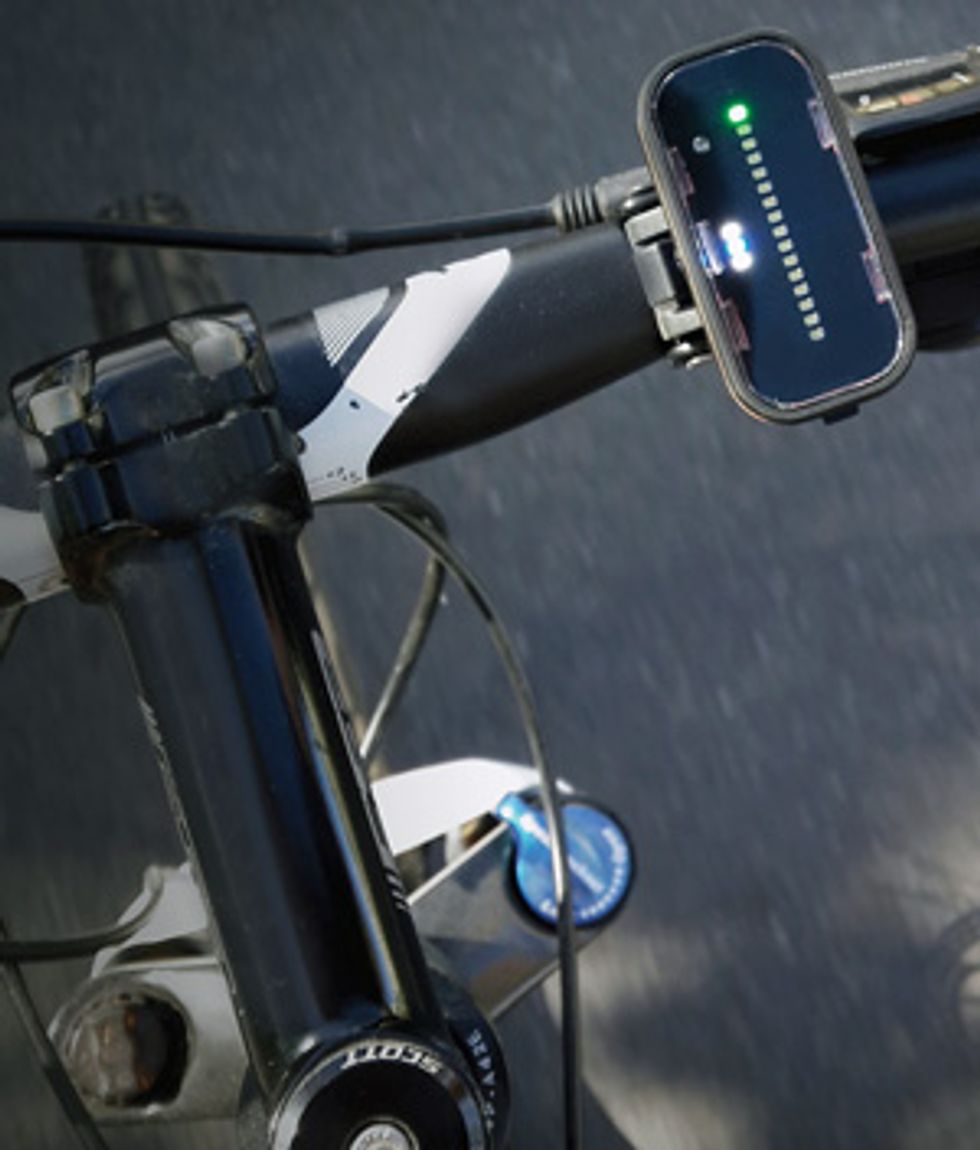
By far the most widespread application of low-power radar is in vehicles. A fast-growing number of cars and trucks now feature radar-enabled adaptive cruise control, collision warning, automatic braking, blind-spot detection, lane-change assist, and back-up alert systems [see “How We Gave Sight to the Mercedes Robotic Car,” IEEE Spectrum, August 2014]. Nowhere, as far as I know, do these vehicular radars require a license. But vehicles go anywhere roads do, and their electromagnetic emissions go with them—a fact that worries some spectrum users, particularly radio astronomers, whose extremely sensitive receivers make observations on the same frequencies that many countries use for vehicle radars. Regulators have largely downplayed the astronomers’ concerns, responding instead to the automakers’ promises of better safety for motorists.
Perhaps favoring vehicle radars over radio astronomy was an easy call. But when the level-probing radar industry offered to protect radio astronomers from interference by accepting a prohibition on installation close to their sites, the FCC declined to impose such a requirement. The regulators may have reasoned that too many rules would slow the growth of this industry. Certainly, there are many instances where this has been true. But excessive flexibility in regulatory requirements breeds uncertainty, which can both deter innovation and unnecessarily threaten other services.
Watson-Watt jokingly told the police officer who pulled him over that had he known radar would be used for speed traps, he would never have invented it. He might have changed his mind—and it would have pleased him enormously—had he also known that his invention would not only protect civilians in their homes in wartime Great Britain but also make all of us more secure at industrial sites, in air travel, and on the highway.
This article originally appeared in print as “Radar Everywhere.”
About the Author
Mitchell Lazarus has worked as an electrical engineer, psychology professor, education reformer, educational-TV developer, freelance writer, and, most recently, a telecommunications lawyer. A partner with Fletcher, Heald & Hildreth, he specializes in securing regulatory approvals for new technologies. Lazarus writes about more than just electronics, however: He recently finished a book about the Manhattan Project.
